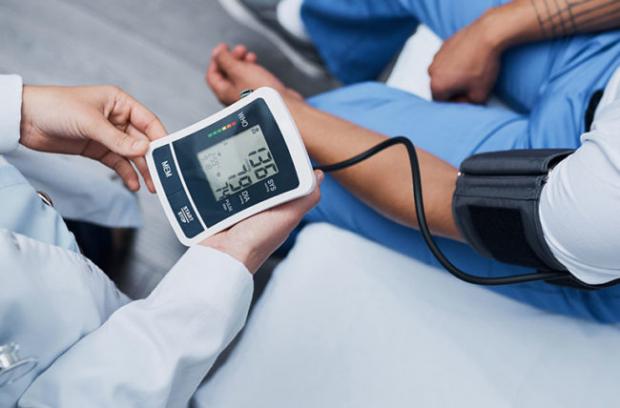
Breaking News
 James O'Keefe: My entire speech at AmericaFest 2025. We're not stopping. Join us to expose..
James O'Keefe: My entire speech at AmericaFest 2025. We're not stopping. Join us to expose..
 U.S. vs. Chinese Military Comparison – Focus on Asia-Taiwan Scenario
U.S. vs. Chinese Military Comparison – Focus on Asia-Taiwan Scenario
 DoJ Sues Four More States for Failing To Produce Voter-roll Data
DoJ Sues Four More States for Failing To Produce Voter-roll Data
 World's Largest Aviation Giant Abandons Google Over Security Concerns
World's Largest Aviation Giant Abandons Google Over Security Concerns
Top Tech News
 Perfect Aircrete, Kitchen Ingredients.
Perfect Aircrete, Kitchen Ingredients.
 Futuristic pixel-raising display lets you feel what's onscreen
Futuristic pixel-raising display lets you feel what's onscreen
 Cutting-Edge Facility Generates Pure Water and Hydrogen Fuel from Seawater for Mere Pennies
Cutting-Edge Facility Generates Pure Water and Hydrogen Fuel from Seawater for Mere Pennies
 This tiny dev board is packed with features for ambitious makers
This tiny dev board is packed with features for ambitious makers
 Scientists Discover Gel to Regrow Tooth Enamel
Scientists Discover Gel to Regrow Tooth Enamel
 Vitamin C and Dandelion Root Killing Cancer Cells -- as Former CDC Director Calls for COVID-19...
Vitamin C and Dandelion Root Killing Cancer Cells -- as Former CDC Director Calls for COVID-19...
 Galactic Brain: US firm plans space-based data centers, power grid to challenge China
Galactic Brain: US firm plans space-based data centers, power grid to challenge China
 A microbial cleanup for glyphosate just earned a patent. Here's why that matters
A microbial cleanup for glyphosate just earned a patent. Here's why that matters
 Japan Breaks Internet Speed Record with 5 Million Times Faster Data Transfer
Japan Breaks Internet Speed Record with 5 Million Times Faster Data Transfer
If You Have High Blood Pressure, Avoid These Foods

Over three-fourths of our salt consumption comes from sneaky sources.
From the type of cheese you buy to condiments, many foods sneak salt, sugar, and fats into your diet. Once you know about these foods, you can avoid them--and gradually lower your blood pressure. Learn about the foods that people with hypertension should avoid.
Don't Pick Pickles
Although they're tasty, pickles are the epitome of "salty food." A medium-sized pickle supplies a max of 800 mg of salt, over half of your daily recommended dose on a low-sodium diet. In 2018, a study by LiveStrong confirmed that eating pickles raises blood pressure.
As with all high-sodium foods, pickles are fine in moderation. But combined with other salty foods--deli meat sandwiches, cheeses, and hot dogs--will heighten your salt intake considerably. Salt places greater pressure on your blood vessels, which increases blood pressure. If you like pickles, restrict your serving sizes.
Condiments Are Sneaky Salt Sources
Salt sneaks into almost every condiment. For instance, ketchup supplies 160 mg of salt per tablespoon. Teriyaki sauce marinades have almost 700 mg of sodium. Soy sauce is the worst: 1,500 mg of salt per one tablespoon! And many people glaze more than one tablespoon on their meals.
The American Heart Association recommends finding low-sodium alternatives. You can make your own hot sauce, BBQ sauce, and ketchup at home. For salad dressings, hunt down a fat-free or "light" version. And always remember to measure out your portions.

 Advanced Propulsion Resources Part 1 of 2
Advanced Propulsion Resources Part 1 of 2

